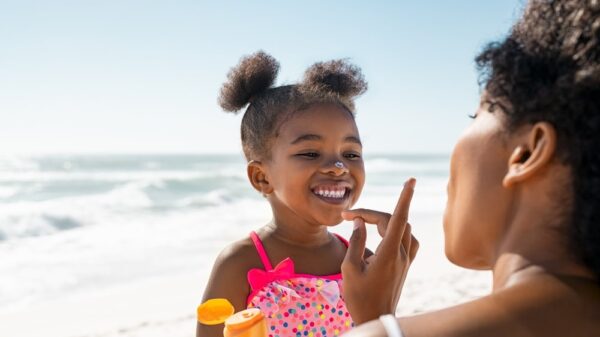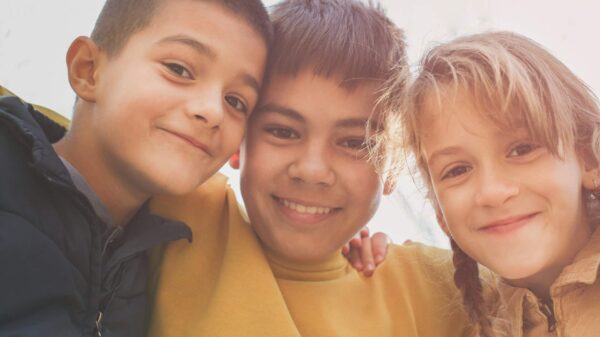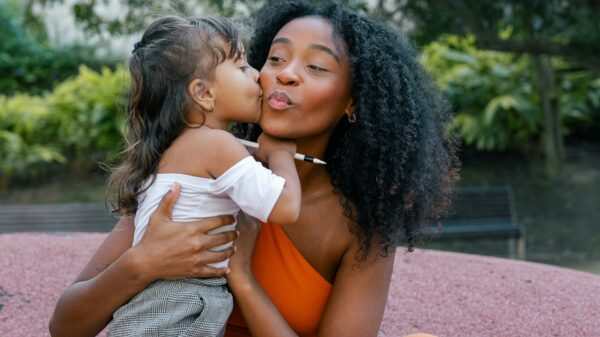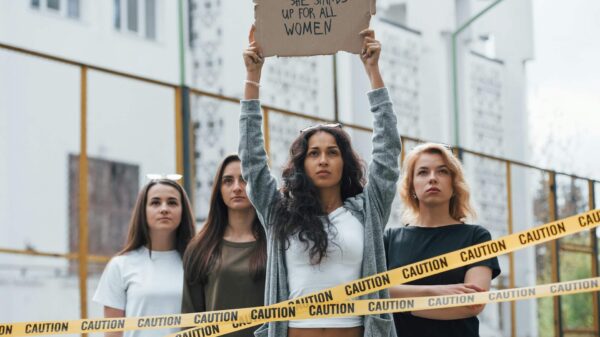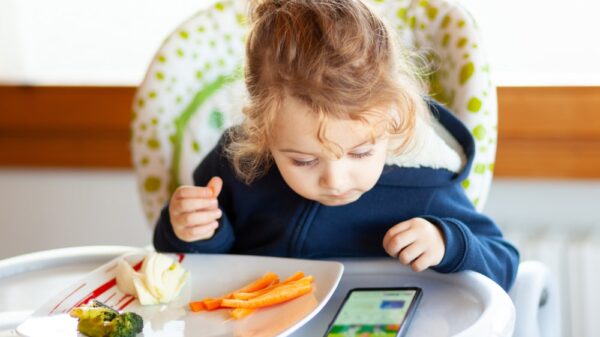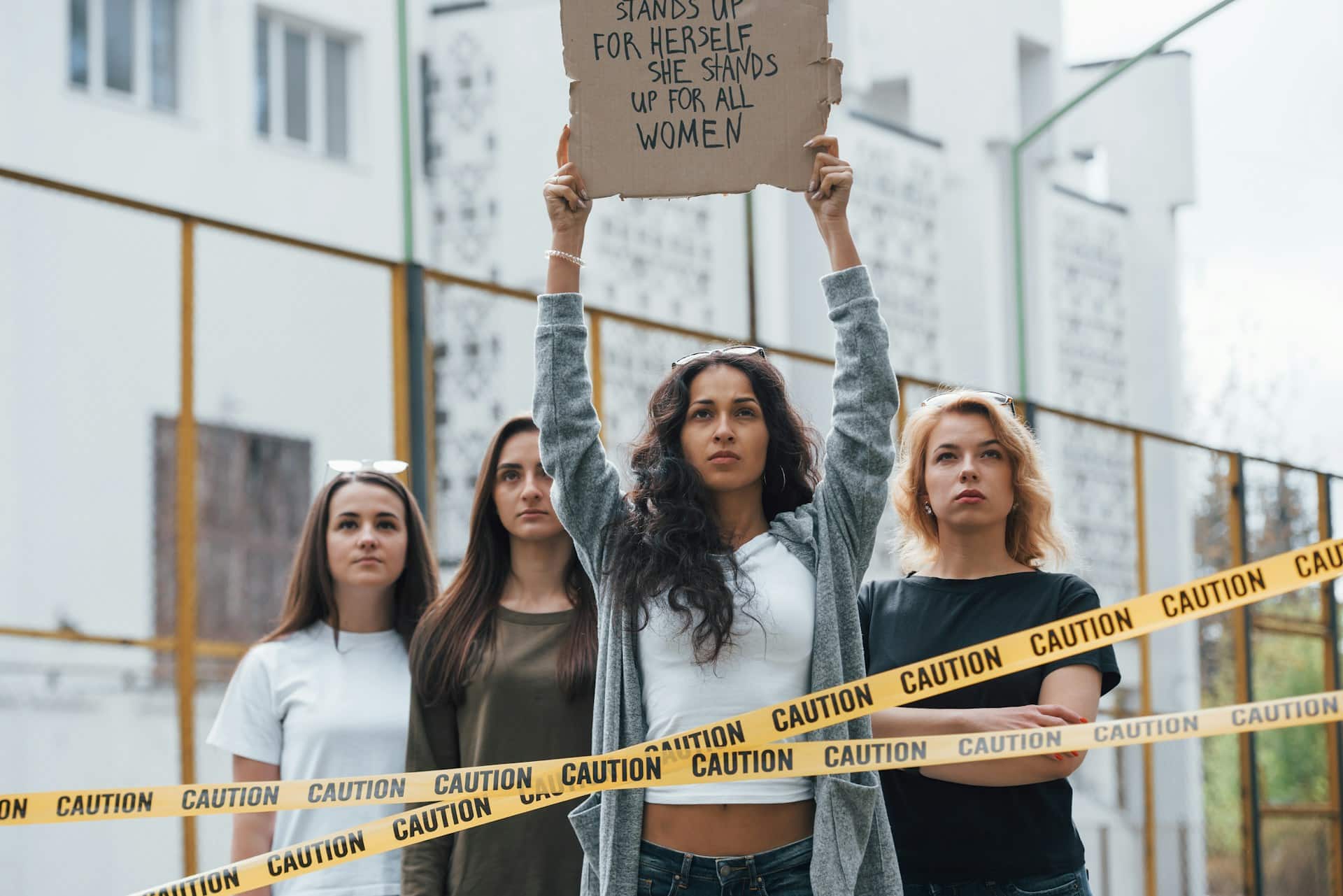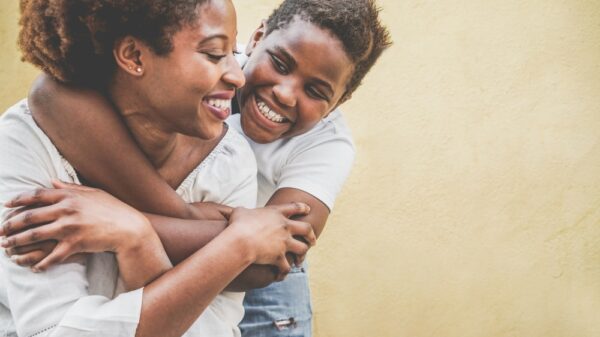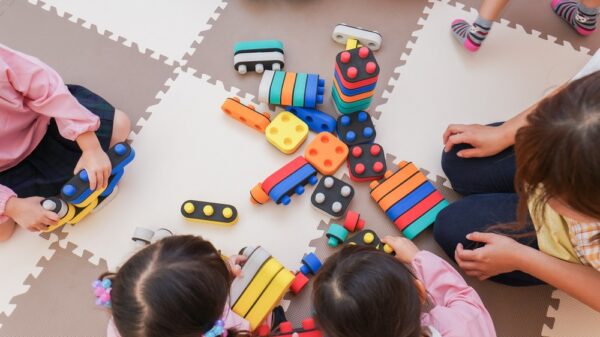Every Saturday, my town becomes a lively hub of voices and signs. As I stroll through, I frequently encounter groups of protesters assembled on the main street, fervently sharing their views. It’s a scene that’s almost impossible to overlook, and likely, many local families share the same blend of curiosity and concern that my family does.
My children, now a bit older, have become aware of the world, picking up news through discussions and the occasional TikTok video. However, not all children are plugged into the same streams of information. For younger kids, the notion of a protest might seem abstract or puzzling. So how do you simplify it for them without causing overwhelm? Parenting coach Gabriel, recognized on TikTok as @the_indomitable_blackman, has recently shared valuable insights that can facilitate this important discussion.
To begin with, it’s vital to connect with children at their level. Rather than launching into detailed explanations or sharing your perspective, start by inquiring about what they’ve heard. Have they noticed the signs? What are their thoughts on what’s happening? You might be surprised by how much they actually understand—or how mistaken their assumptions may be. Gabriel wisely advises, “Don’t start with your agenda: start with their questions.” This approach fosters a dialogue rather than a lecture, giving children the sense that they are valued and listened to.
Next, it’s crucial to demystify what protests entail. There’s no need to dive into extensive historical context or intricate vocabulary. A straightforward definition is often adequate. Gabriel suggests framing it as, “A protest is when people come together to speak up about something that isn’t fair.” Kids are particularly sensitive to emotional nuances, so labeling the feelings associated with the issue can be beneficial. They might not grasp the complexities of politics, but they can certainly connect with emotions such as fear, sadness, anger, or worry that protests can evoke.
Encouraging children to articulate their feelings can be a key element of the discussion. They may not openly express their fears unless you encourage them. If they feel scared or confused, your role transitions from educator to comforter. Assure them that their emotions are valid and that you are always there to keep them secure. This establishes a supportive atmosphere where they feel comfortable exploring their thoughts and feelings.
When tackling subjects like racism or inequality, it’s important to balance honesty with sensitivity. You can discuss these injustices thoughtfully without plunging into graphic specifics. Consider explaining it as “people being treated unfairly because of who they are,” which fosters empathy without inundating them with harsh truths. Gabriel recommends utilizing child-friendly resources such as books or educational videos to convey these themes in a way your child can understand.
Lastly, keep in mind that this should not be a one-time conversation. Gabriel reminds us, “This isn’t a lecture: it’s a conversation.” Life lessons such as these are best approached as ongoing dialogues. By maintaining open lines of communication, you may discover that your kids are not only absorbing information but also reflecting it back, enabling mutual growth in understanding.
In a world that can sometimes appear chaotic, taking the time to discuss these challenging topics with your children can nurture a sense of empathy and awareness that endures. Through genuine conversation and emotional support, we can empower the next generation to engage with the world on their own terms—recognizing both its beauty and its challenges. So lean in, listen intently, and allow these conversations to evolve naturally; you might just gain new insights along the way.
Image Source: Unsplash



